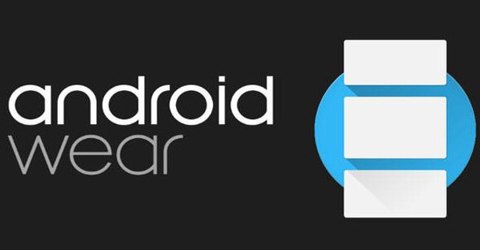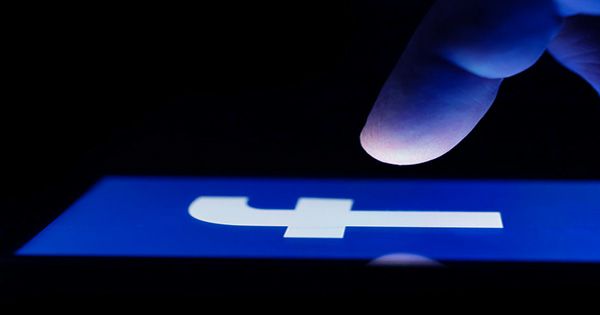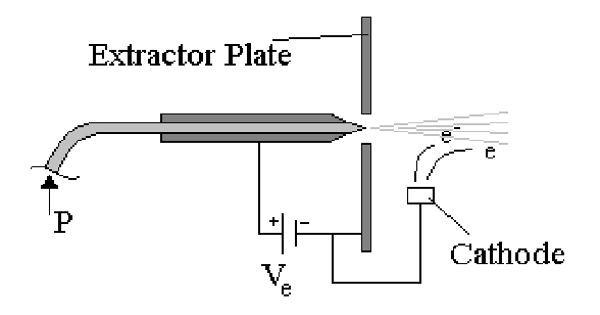Android Wear: Google’s Next Big Thing
Android Wear is a specifically designed version of Google. It is a mobile operating system that is built to be used on wearable devices such as smartwatches. Android Wear was launched on March 18, 2014 and the first devices running the system (the Samsung Galaxy Gear Live and LG G Watch) were launched at Google. Its I/O event on June 25, 2014.

Android Wear supports both Bluetooth and Wi-Fi connectivity, as well as a range of features and applications. Watch face styles include round, square and rectangular. Released devices include Motorola Moto 360, the LG G Watch, and the Samsung Gear Live. Hardware manufacturing partners include ASUS, Broadcom, Fossil, HTC, Intel, LG, MediaTek, Imagination Technologies, Motorola, Qualcomm, Samsung, Huawei, Polar and TAG Heuer.
It is a cross platform operating system that is compatible with smartphones running Android 4.3 Jelly Bean or later and Apple devices running iOS version 8.2 and higher. Google has acquired many of the same manufacturing partners it has for smartphones, with the likes of LG, Samsung, Sony, Huawei, Motorola, ASUS, and TAG Heuer all building smartwatches running Android Wear.
In 2015, Wi-Fi support was added to allow music, GPS, notifications and apps to be used without the phone nearby. Gesture controls enable scrolling by flicking the wrist, and a battery-saving black and white mode was also included.
When Google announced Android Wear in March 2014, alongside the first smartwatches that would be running it, it wasn’t quite what we expected. In hindsight, what Google was doing with the smartphone, by building a software platform for other manufacturers to build on, seemed like a perfect fit for wearables. On June 25, 2014, at Google I/O, the Samsung Gear Live and LG G Watch were launched, along with further details about Android Wear. The LG G Watch is the first Android Wear smartwatch to be released and shipped. Motorola’s Moto 360 was released on September 5, 2014.

On December 10, 2014, an update started to roll out, adding new features including a watch face API and changed the software to be based on Android 5.0 “Lollipop”.
On August 31, 2015, Google launched pairing application for iOS version 8.2 or newer, allowing limited support for receiving iOS notifications on smartwatches running Android Wear. As of September 2015, only the LG Watch Urbane and Huawei Watch are supported, but Google announced support for more smartwatch models.
Android Wear App Version
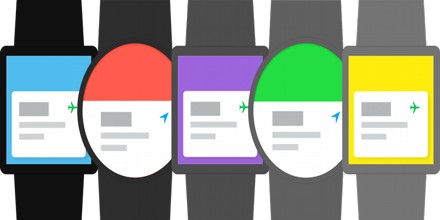
Latest or Running Version: Android Wear 2.0.0.145450541.gms APK
- Android Wear OS and companion phone app update with:
- Ability to play sounds and take calls on watches with a speaker
- Support for sending WhatsApp, WeChat, Viber, Telegram, and Nextplus messages with your voice or via touch
- New wrist gestures to control your watch with one hand
- Language options for Mandarin Chinese, Cantonese Chinese, Indonesian, Polish, Dutch, and Thai
Previous Version: Android Wear 2.0.0.141773014.gms APK
- Android Wear OS and companion phone app update with:
- Ability to play sounds and take calls on watches with a speaker
- Support for sending WhatsApp, WeChat, Viber, Telegram, and Nextplus messages with your voice or via touch
- New wrist gestures to control your watch with one hand
- Language options for Mandarin Chinese, Cantonese Chinese, Indonesian, Polish, Dutch, and Thai
Old Version: Android Wear 2.0.0.138705214.gms APK
- Android Wear OS and companion phone app update with:
- Ability to play sounds and take calls on watches with a speaker
- Support for sending WhatsApp, WeChat, Viber, Telegram, and Nextplus messages with your voice or via touch
- New wrist gestures to control your watch with one hand
- Language options for Mandarin Chinese, Cantonese Chinese, Indonesian, Polish, Dutch, and Thai
Features about Android Wear
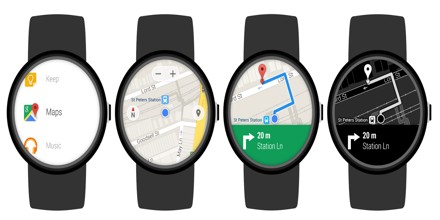
Smartwatches like the Moto 360 will vibrate with an incoming message. Glance at your watch to read it, and leave your phone in your pocket or purse. This can be helpful in certain situations, and can be done on current devices like the Pebble Steel and Galaxy Gear.
However, sending a reply is impossible on the Pebble, and difficult to type out on a tiny touchscreen. Google’s lays out its key design principles for Android Wear developer, and reveals that its smartwatches should have ability to send “canned,” or pre-programmed responses with a touch. That means watches powered by Android Wear probably will offer the ability to send simple replies like “Yes” and “No” when speaking is not convenient.
There are a few devices currently on the market that offer hands-free access to Google Now. The Moto X smartphone, along with Motorola’s Droid lineup for Verizon Wireless, are the first to offer always-listening voice technology, and a limited version of the feature shows up on the Nexus 5.
While an overnight charge for a smartphone is standard operating procedure for most, the smartwatches powered by Android Wear will have smaller batteries. If manufacturers develop innovative charging methods for these devices (the Moto 360 is rumored to have wireless charging), then an hour or two of charging during the day should be enough to keep them ticking.
One of the most interesting ways Google showed off Android Wear in its announcement was a woman using it to open her garage door. “OK, Google. Open the garage.” Google recently acquired Nest Labs, makers of smartphone-connected appliances like thermostats and smoke detectors.
As a greater number of traditional appliances connect to the “Internet of things,” Android Wear smartwatches and other wearables will allow us new, and more convenient ways to interact with our environment.
Headphone buttons located on the cord can be tricky to operate, and offer limited functionality. With Android Wear, adjusting playback volume, changing songs or playlists and viewing track information would be easier and less cumbersome.
Android’s security features would also be much more effective with a smartwatch, with screen locking and device wiping handy when your phone was swiped, but not near a computer.
Android Wear will be available from a number of manufacturers – starting with the LG G Watch’s square face, and the Moto 360’s round dial. Google says that Android Wear will be on a variety of hardware from manufacturers like Samsung and HTC as well, in several form factors and styles to best suit a customer’s taste.
